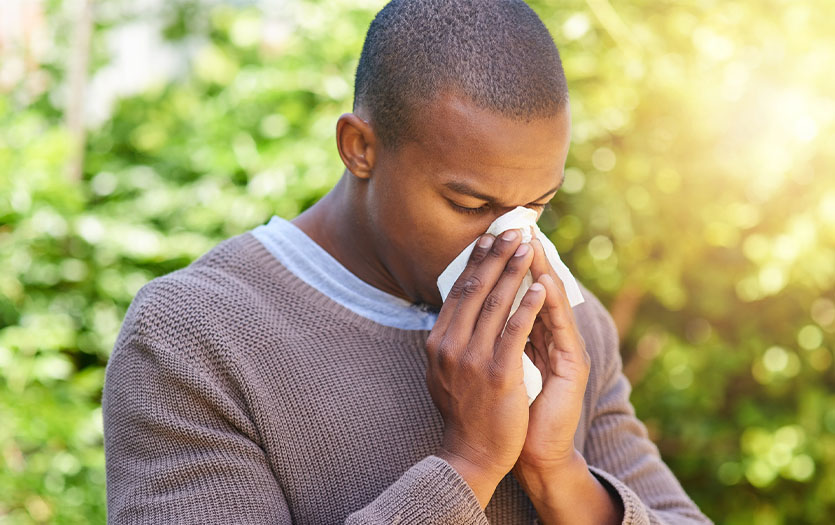
This post was written by Douglas Neeld, MD, PPG - Allergy, Asthma & Immunology.
Allergies are the sixth leading cause of chronic illness in the United States, resulting in an annual cost in excess of $18 billion, according to the American College of Allergy, Asthma & Immunology. Treating allergic respiratory diseases, like allergic rhinitis (hay fever) and asthma, revolves around three principles: avoidance of allergens, medications and immunotherapy or allergy shots, the latter of which we’ll be focusing on in this post.
The history of allergy shots
Allergy shots were first used by Noon and Freedman in 1911 to treat grass-induced allergic rhinitis. Over the next several decades, they were used to treat, not only allergic rhinitis, but also asthma aggravated by other pollens, house dust and animal dander. The first studies that proved allergy shots were an effective treatment for allergic respiratory diseases came in the 1950s, followed by the discovery of the allergic antibody responsible for the disease (IgE), in 1967. Allergy shots have also been proven to work for venom hypersensitivity to bee stings.
How do allergy shots work?
Allergy shots are referred to as subcutaneous immunotherapy or SCIT. Unlike immunizations used to treat infectious diseases like measles or tetanus, SCIT is an immunization against what the patient is allergic to.
Since the modality addresses something someone is allergic to, the shots start at a very low dose, below the threshold of what would elicit an allergic reaction. The shots are given at regular time intervals in ever-increasing doses until they achieve a maintenance dose. This buildup phase typically takes several months. After the patient achieves a maintenance dose, the time interval between shots gradually gets stretched out to once a month. At higher doses, the individual’s immune system is now able to tolerate exposure to the substances they are allergic to without triggering the allergic symptoms they experienced before. Most people feel better on allergy shots and need less medicine, less sick visits to the doctor, less asthma flares etc. While technically not a cure for allergies, SCIT can put a patient’s allergies into remission.
The risks of allergy shots
Since allergy shots contain substances a person is allergic to, there is a risk of having an allergic reaction after the shot is administered. Because of this, for their safety, patients must wait 30 minutes in the doctor’s office following the injection. If they do experience a reaction, medical professionals can treat them with antihistamines or, if the reaction is more severe, with epinephrine.
Allergy shots aren’t for everyone. They don’t work particularly well for atopic dermatitis, and they aren’t helpful for hives. They can pose a risk to severe asthmatics whose condition is not well controlled. Some medications used to control high blood pressure can interfere with medications used to reverse shot reactions. In general, SCIT should be used with caution in individuals with coronary artery disease. It’s always best to consult with your entire care team if you have other health conditions before beginning a new therapy.
If you have allergies, and medications and avoidance measures are not giving you the relief you need, consider seeing an allergist for an evaluation and to discuss allergy shots as a potential therapy. The approach is over 100 years old and still going strong!



